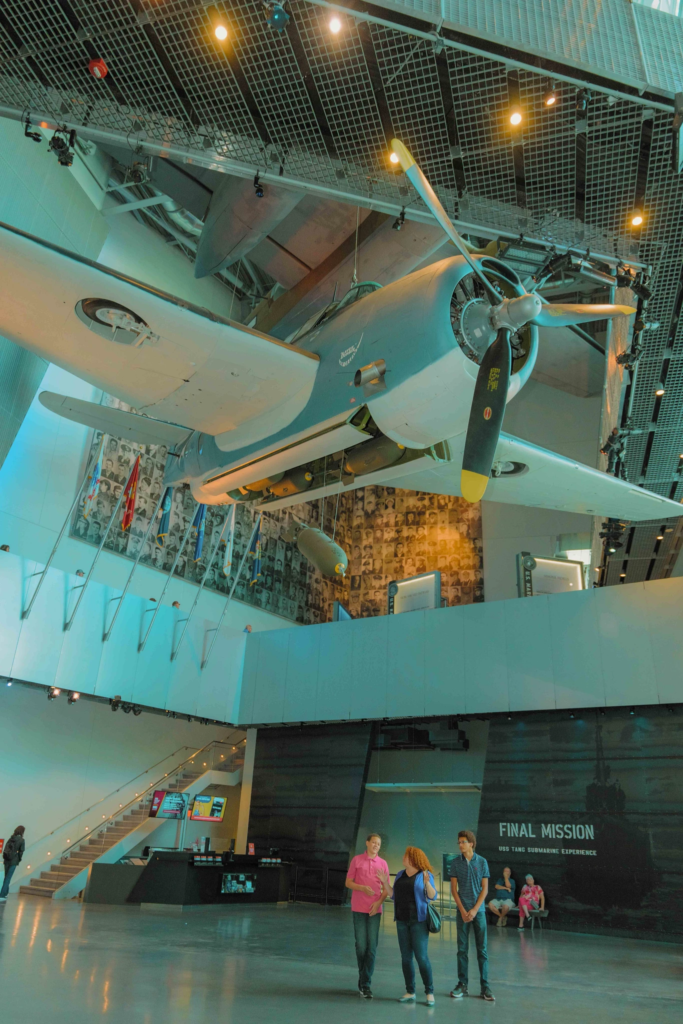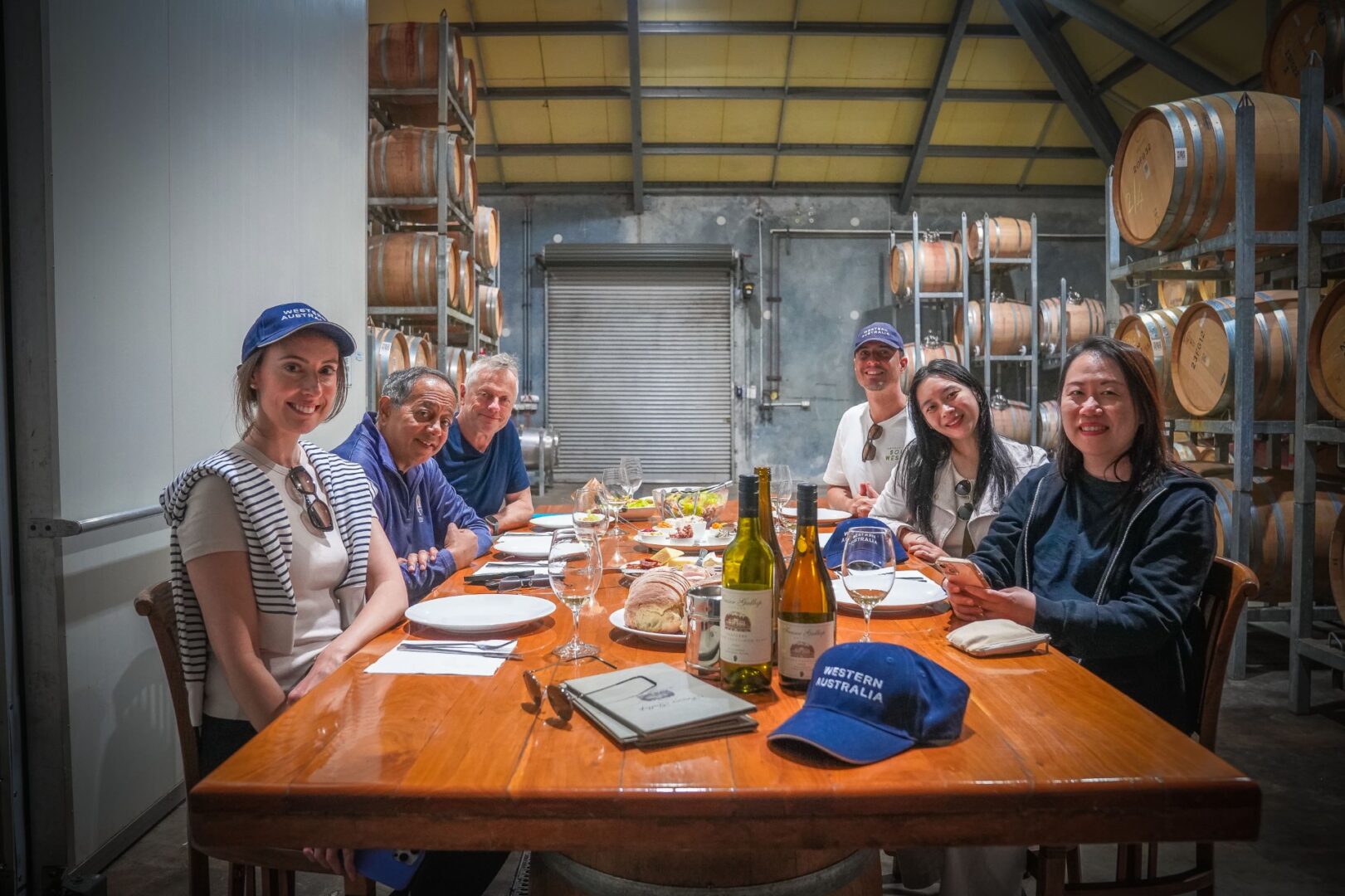
The best New Orleans activities outside of Mardis Gras
This article appeared in New Zealand Herald on February ’24. You can see the original print here.
In the pantheon of great American cities, New Orleans, Louisiana (NOLA) occupies its own very special niche. With its diverse strands of Native American, French, West African, and Spanish cultures and languages all coming together to produce the city’s unique Creole heritage, there is simply nothing like it anywhere else in America. People come from all over the world to enjoy the finest in Dixieland jazz which originated here, its delicious Creole cuisine with its signature dishes like gumbo and jambalaya, and its colourful, exuberant, and noisy festivals of which the most famous is Mardi Gras. The historic heart of the city is the French Quarter, known for its distinctive architecture drawing heavily on French and Spanish styles and designs, and its vibrant nightlife along Bourbon and Frenchmen streets.
It had been a lifelong dream of mine to visit NOLA and so when the opportunity presented itself in the form of a graduation gift for my daughter, Mallika, I grabbed it. We rented an Airbnb in the Marigny/Bywater district on the edge of the French Quarter for 3D/4N so we could walk everywhere and experience the best of what this incredible city has to offer.
The city has many nicknames, ranging from the Big Easy—perhaps referring to the slower, more languorous pace of life and apparently the looser morals of its residents—to Crescent City because the Mississippi River curves right around the city in the shape of a crescent. But for me the defining characteristic of NOLA is the music, music, music. It’s in the air and everywhere! Whether you pay for it over a cocktail at a smoky downtown jazz bar or you hear it for free at a street corner with a busker belting out the blues on his electric guitar, it follows you everywhere and pervades all your senses. So as Paris is the City of Light, New Orleans to me is the City of Music.
A great place to start your NOLA journey is Vue Orleans, a brand-new interactive cultural centre that opened in March 2022. Perched at the top of the Four Seasons Hotel is a 360-degree observation deck with flat touch screens that allow you to zoom into points of interest and explain their significance.


Before you take the elevator to the 34th floor, do spend some time in the main exhibit hall and take a unique ride through the history, music, and culture of New Orleans. Here you will come face-to-face with actors playing the characters who built NOLA like Jean-Baptiste Le Moyne de Bienville (who founded it in the name of the French in 1718 on the first high ground he could find upstream of the Mississippi delta) and hear them tell their fascinating stories on screen. Stick your head inside giant trumpet-shaped listening stations and choose from a selection of seven musical genres—from jazz to classical—to hear NOLA greats like Irma Thomas, Jelly Roll Morton, and Louis Armstrong. And let’s not forget food—the Story Café at Vue Orleans has a menu of 12 interactive story clips where culinary celebrities narrate fun facts and prepare signature NOLA dishes like seafood gumbo and crawfish étouffée.
The oldest and most famous neighbourhood of NOLA is the French Quarter, or Vieux Carré, which translates as old square in English. It’s more a rectangle than a square, being 13 blocks long by six blocks wide, and runs right up along the Mississippi, and you should head there to start your real-life NOLA journey.

But before you set off, do spend a few minutes refreshing yourself with a coffee and doughnuts at the iconic Café Du Monde, founded in 1862 and located at one end of the French Market. This is as far removed from the bland Starbucks experience as you can imagine. Be prepared to wait in a long line and then get hustled to your table—in a giant hall open to the outdoors and cooled by ceiling fans—by shouting waiters dressed in green-and-white striped uniforms. The menu consists only of dark-roasted coffee with chicory (served black or au lait), beignets, white and chocolate milk, hot chocolate, and freshly squeezed orange juice. The beignet is a sort of French doughnut, a square piece of deep-fried dough, but, unlike a doughnut, has no hole. It is covered with powdered sugar and served in orders of three. For a single-product eatery and an undoubted tourist trap, the Café du Monde is, for all that, a delightful experience and the beignets were absolutely delicious!


We took the walking tour of the French Quarter, led by a highly entertaining Creole tour guide, David Higgins, whose extravagant eye-rolls, wild hand gestures, and emphatic foot stamping kept us in splits and were worth the price of admission itself. The start of the tour is in the heart of the French Quarter at Jackson Square, named by a grateful city for Lt. Gen. Andrew Jackson, the hero of the Battle of New Orleans (and later the seventh US president), who saved the residents from the invading British forces in 1815.

At the head of the square is the St. Louis Cathedral, towering grandly over the green space with its three conical spires like some Disneyland castle and flanked by the Cabildo and the Presbytere, imposing buildings built for administrative and religious purposes in the Spanish classical style and now housing the Louisiana State Museum.
We wander around the grid of narrow streets, bustling with tourists, that comprise the French Quarter where every building tells a story. David is the ultimate raconteur and dispenses both information and entertainment in equal doses. He ends the tour at the infamous LaLaurie Mansion whose sadistic mistress imprisoned and tortured her black slaves, but David (who later I find out trained as an actor in New York) manages to inject some gallows humour even into this grisly story.

A heavily touted NOLA experience is the steamboat ride on the Mississippi River which includes a jazz brunch on Sundays. Steamboats driven by powerful giant paddle wheels first appeared on the Mississippi in 1812 and were used to transport both passengers and cargo to and from as far north as St. Louis before eventually giving way to competition from the railroads. So we joined the long line stretched out along the wharf fronting Woldenberg Park as it snaked its way into the huge steamboat Natchez, like animals filing on board Noah’s Ark. Once on board, we struggled to find decent seats on the crowded upper deck as the boat made its stately way upstream. Again we negotiated a long queue to buy an overpriced cocktail in a plastic cup and then it was time for lunch, which was served on the lowest deck. It was all standard NOLA fare, with andouille sausage, jambalaya, fried fish, and bread pudding, but we found it quite tasteless and unappetizing. By this time the boat had turned around and was headed back. There was a commentary on the sights we were passing, but it was muted and unclear on the ageing sound system. Overall, we found the steamboat ride to be an overpriced and overcrowded experience. Save yourself the money and instead take a ferry to Algiers Point, followed by a waterfront stroll along the Jazz Walk of Fame if you want the feeling of being on the river.


Before I got to New Orleans, I had never even heard of a Sazerac. So my education as a mixologist was further enhanced when I found out that it was the signature cocktail of the Big Easy, being a delicious blend of ingredients that reflect the inimitable NOLA culture. The lead role is played by Kentucky rye whisky (standing in for the original Sazerac cognac from France), assisted by a supporting cast of Peychaud bitters (Haitian in origin) and Herbsaint (an anise-flavoured liqueur created as a substitute for the infamous absinthe), sugar, and lemon twist. The best place to meet all three characters in person is the Sazerac House, which is a museum, a bar, and a distillery all rolled into one. Here visitors can take a free self-guided tour starting at the top floor, learn from the hi-tech interactive exhibits, and also sample the cocktails made by chatty bartenders. The third floor is devoted to the history of the Sazerac cocktail and the evolution of cocktail culture in NOLA. From here you descend past a giant wall of spirits, sparkling like gems against a white background, to the second floor. Here you can learn about rum and other American spirits and the art of crafting cocktails before ending up on the ground floor where you can watch a live distillery in action and visit the gift shop.
The most famous museum in NOLA and its top-rated attraction actually has nothing to do with the art, culture, or history of this incredible city. This is the National WWII Museum, which opened its doors on the 56th anniversary of D-Day, June 6, 2000. This national institution owes its existence in NOLA to the passion and perseverance of a couple of local luminaries and is well worth a visit even if you are not a WWII buff. There are six large halls which explore different aspects of the war from an American perspective and using every conceivable medium: film, immersive exhibits, large-scale reconstructions, and first-person oral histories among them.
Start with the Louisiana Memorial Pavilion which traces the history of American involvement in WWII and ends with the inaugural museum display of the momentous landings of American troops in Normandy on D-Day. Look out for the amphibious “Higgins boat” which landed US troops on the hostile Normandy beaches, the major contribution of Crescent City industry to the war effort. Personally, I spent the most time on, and learnt the most from the twin displays, “Road to Berlin” and “Road to Tokyo”, which chronicle the American campaigns in both the European and Pacific theatres of war in an engrossing multimedia experience.


You can end your tour of duty in the aviation gallery where you will be awestruck by the suspended display of six iconic WWII warplanes, ranging from the nimble P-51 Mustang fighter to the lumbering Flying Fortress bomber. You can also examine the cockpit of a B-24 Liberator bomber exhibited on the ground, and hence easily accessible.
![]()







